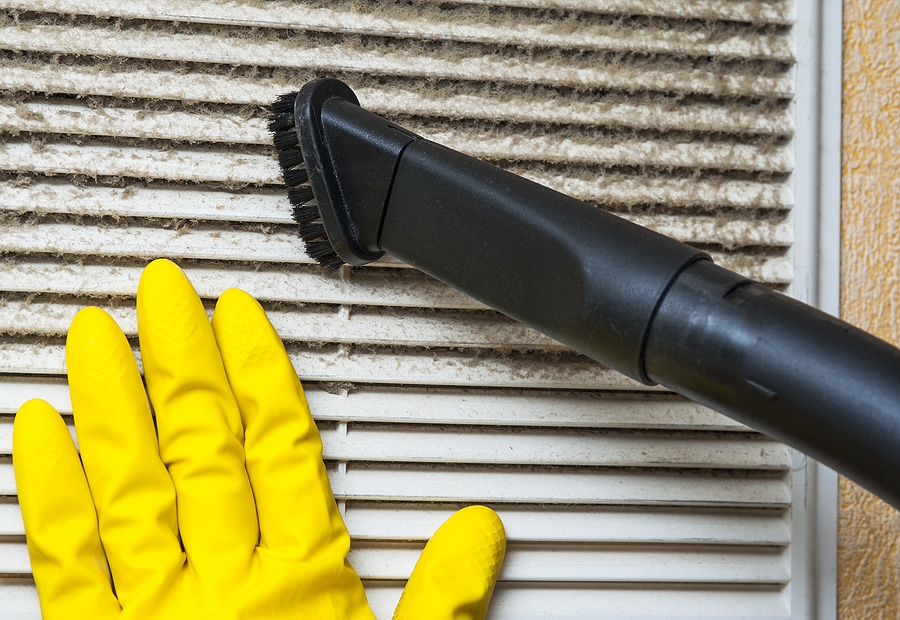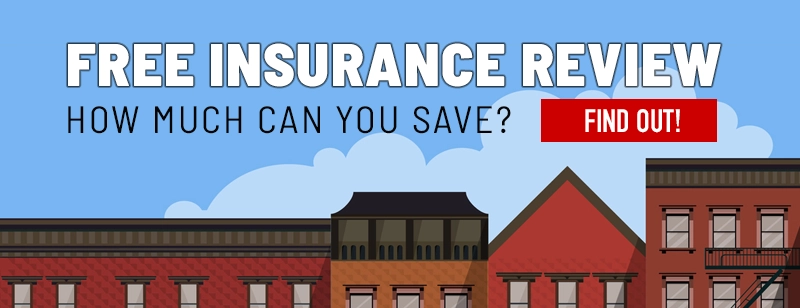New York’s Indoor Allergen Law: What Landlords Need to Know

New York City landlords must perform annual inspections of units for indoor allergen hazards under New York’s indoor allergen law.New York’s Local Law 55 of 2018, also known as the Indoor Allergen Hazards Law, requires property owners to keep tenant units free of pests and mold. The legislation targets common indoor allergens that can trigger asthma attacks or aggravate asthma symptoms, including mold, mildew and pests (ex. mice, rats, cockroaches).
The Indoor Allergen Law applies to owners of multiple dwellings (residential buildings with 3+ units) and owners of housing units, including condos and co-ops, where a tenant has asthma. Owners must conduct annual inspections of common areas and individual units for signs of indoor allergens.
Other requirements include the following:
- Integrated Pest Management to address pest infestations
- Remediation of mold, pests and underlying defects and thorough cleaning of vacant apartments before new tenants move in
- Annual notice and copy of New York City Department of Health and Mental Hygiene (DOHMH) pamphlet to current and prospective tenants
Annual Inspection Requirements for Indoor Allergen Hazards
Owners must perform annual inspections of all units and common areas for indoor allergen hazards, such as pests and mold. Landlords also need to respond to tenant complaints or inspection requests.
What to Look for During Inspections
When conducting inspections, look for signs of moisture, mold or mildew on ceilings, walls, around windows, etc. Pay special attention to “wet rooms,” like bathrooms and kitchens. In addition, look for signs of pest activity, such as rodent droppings or nests and dead insects.
Inspections should also address underlying conditions that could foster mold growth or pest infestation:
- Leaks in pipes, roofs or appliances
- Cracks, gaps or holes where rodents or insects can enter
- Accumulated trash or clutter, which can provide food and/or shelter to pests
Engage Tenants During Inspections
Because they live in the spaces, tenants will likely be the first to notice pests, mold, leaks, etc. Ask residents whether they’ve seen any signs of pest activity or excessive moisture.
Remember: If tenants report any issues with mold, pests or other allergens, New York City requires landlords to conduct an immediate inspection.
Document Inspection Findings
As proof of compliance, record the details of all inspections, and include the following information:
- Building address
- Unit number/Common area
- Date
- Inspector name and relationship to building
- Tenant presence
- Conditions observed
- Recommended actions
The New York City Department of Housing Preservation and Development (HPD) offers a sample investigation form as a resource for property owners.
Save all documentation, including any photos or records of remediation.
Integrated Pest Management (IPM) Guidelines for Landlords
To improve tenant satisfaction (and possibly save on insurance premiums), building owners should practice Integrated Pest Management (IPM). IPM also happens to be a requirement of the Indoor Allergen Law.
Traditional pest control typically means applying pesticides. IPM goes beyond chemicals by making your building(s) less hospitable to pests by:
- Fixing leaks
- Patching holes and crevices
- Controlling/Maintaining garbage areas
- Depriving pests of basic necessities (ex. food, water, shelter)
If you’re thinking of taking the DIY route, keep in mind that New York State law specifies that only a licensed professional can apply pesticides in a multi-family building. This means that landlords and property managers have two options:
- Become certified as a commercial applicator
- Hire a Pest Management Professional (PMP) The NYC Department of Health offers guidelines for choosing a PMP.
How to Prevent Mold in NYC Rental Properties
When it comes to preventing mold, the key is controlling moisture. Humidity, condensation and leaks can all increase the chances that mold will appear and spread.
A good starting point for preventing and remediating mold in rental properties is this information from the Environmental Protection Agency. This interactive tour offers a room-by-room guide to common mold issues and how to address them.
New York City property owners should also know that many building insurance policies exclude mold. In other words, the best way to protect that Brooklyn brownstone is to prevent mold in the first place.
NYC Penalties for Indoor Allergen Violations
The New York City Department of Buildings (DOB) issues violations for non-compliance with Local Law 55. Fines vary, depending on the specifics of the infraction(s), but can be as high as $10,000 per incident. Upon correction of cited hazards, a licensed professional must provide a Certificate of Correction for submission to the DOB.
Pest Violations
Dwelling units or common areas found to have mice, rats and/or cockroaches will receive a Class C (immediately hazardous) violation.
- Buildings with 5 or fewer units: $50 per violation per day
- Buildings with more than 5 units: $50-$150 per violation, plus $125 per violation per day
All other pest infestations will receive a Class B (hazardous) violation.
- $25-$100 each, plus $10 per violation per day
Mold Violations
Inspections that identify the presence of mold require assessment by a New York State licensed Mold Assessor and remediation by a separate Mold Remediator, also licensed by New York State.
- Less than 10 square feet of visible mold per room will incur a Class A (non-hazardous) violation.
- If the visible mold in a room equals or exceeds 10 square feet, the violation will be classified as either Class B or Class C.
Protect Your Property and Stay Compliant
As previously discussed, open violations can cause delays and headaches when it comes to insurance renewals. Keep indoor allergens under control by conducting annual inspections of all units and common areas, looking for signs of moisture or pest activity. Maintain open communication with tenants, who will likely be the first to spot any issues. If residents report problems with mold or pests, inspect the affected area immediately, and practice safe remediation. Don’t forget to document all inspections and corrective actions, and maintain these records in a secure, central location.
Following the above guidelines will help keep your property compliant (at least, with regard to indoor allergens). At the same time, these practices should be part of every property owner’s standard maintenance routine. Not only do clean, well-maintained properties appeal to current and prospective tenants, but these buildings also qualify for the most attractive insurance rates.
The City Building Owners Insurance program has been helping New York City landlords get the right coverage at the best rates since 1976. Contact us at 877.576.5200 or request a no-obligation policy review, and put our risk management experts to work on your behalf.

